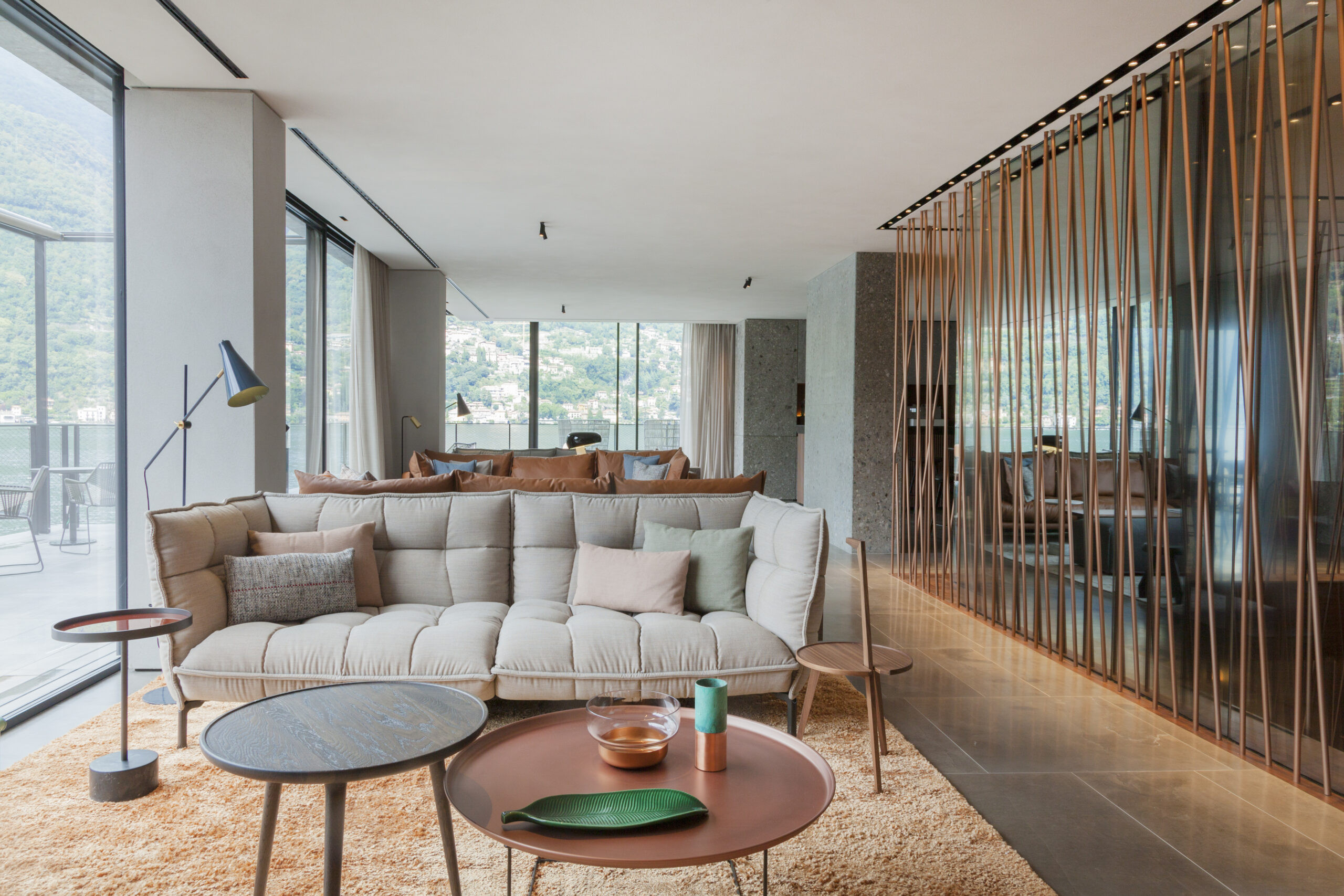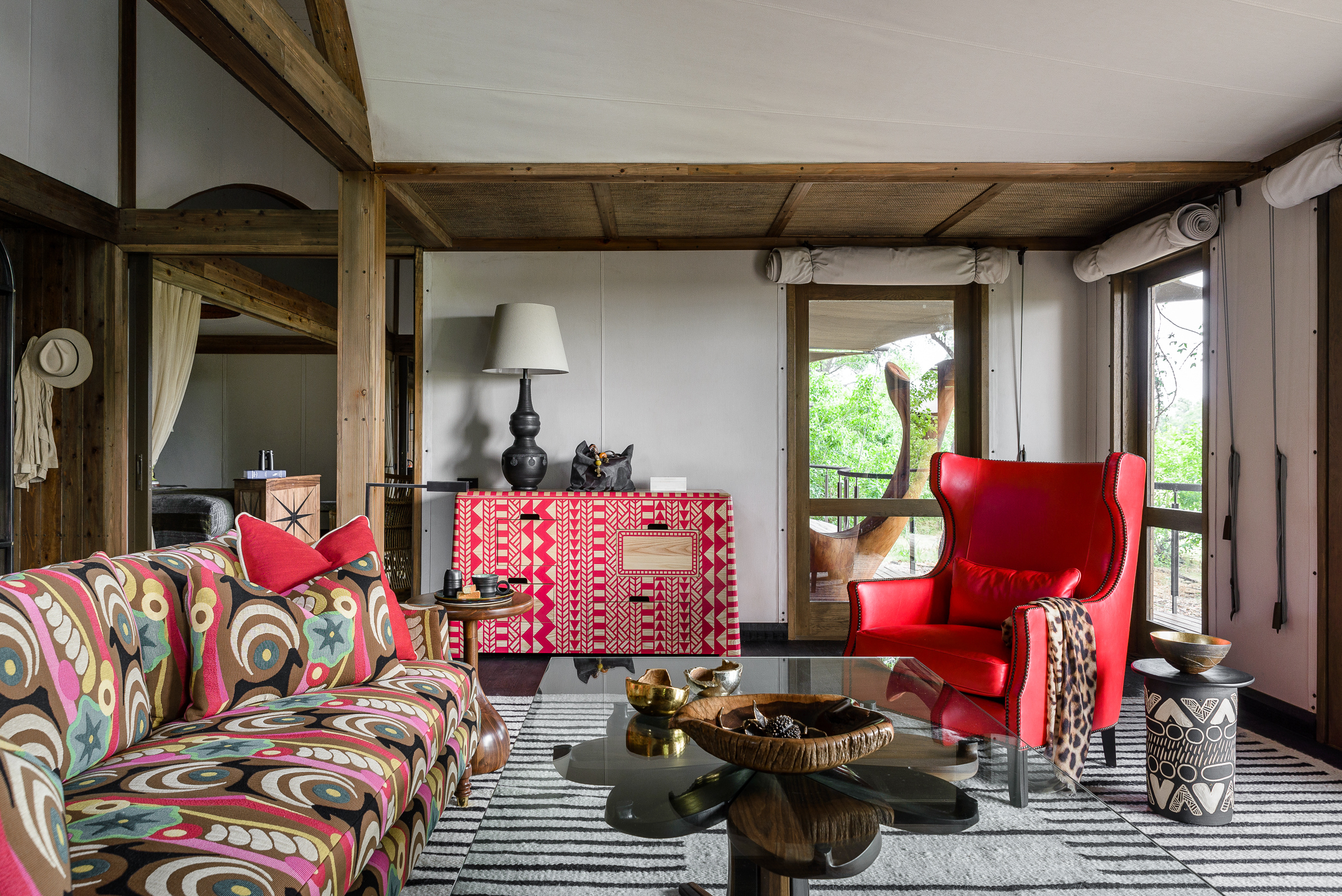So-called shoppable hotels, hotel establishments selling products located within them, penetrated the international market a few years ago. This phenomenon has continued to develop, becoming a sales opportunity of great interest for hotels, product distributors and manufacturers. Today, a new generation of hotel chains and small boutique hotels are aligning their value model, based on connecting with their clients’ and guests’ lifestyles to expand the brand’s universe. This has led to the emergence of hospitality businesses that are starting to market their habitat product lines, not only by using their properties as shops, but even by creating e-commerce stores and retailer chains. However, this isn’t just a chance to sell furnishings or decorative products to guests at a hotel; it’s a new way of generating a brand and experience in the hotel using the five senses. Sound, scent and the narration of stories through product design are becoming a key part of the accommodation experience.
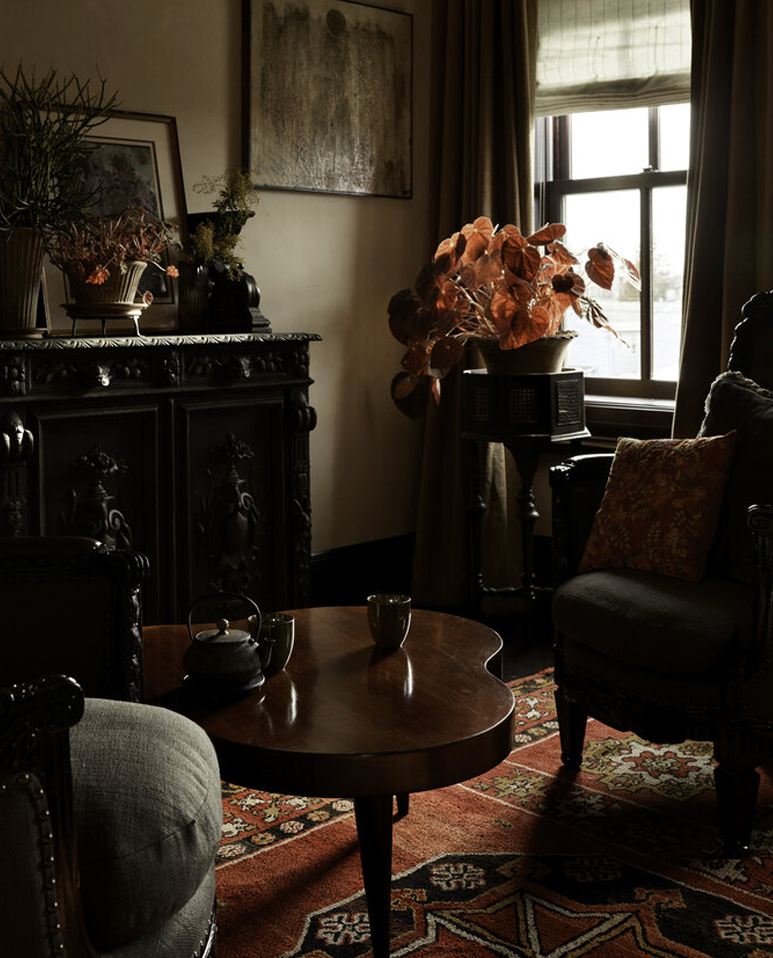
At a time of e-commerce growth, the traditional specialist shop is being redefined. According to Bill Napier, home retail sales advisor and columnist of Furniture World, “in less than five years, between 35% and 50% of small- and medium-sized home retailers will be out of business”. This means new business models that bring the physical store and consumers together will appear. This is especially true for categories like home furnishings and construction materials where direct contact is essential. The impact the health crisis has had on tourism has seen hoteliers search for new income models that diversify their offer and are also capable of attracting tourists with greater purchasing power. Moreover, design has become a pole of attraction in tourism. According to the OECD, “there is evidence that these new models of creative tourism can deliver considerable added value, increase tourism demand and diversify tourism supply”. Of course, hotels as a tourist destination are joining this new strategy where hospitality teams up with brands, manufacturers and craftspeople to generate new strategies that expand business models.
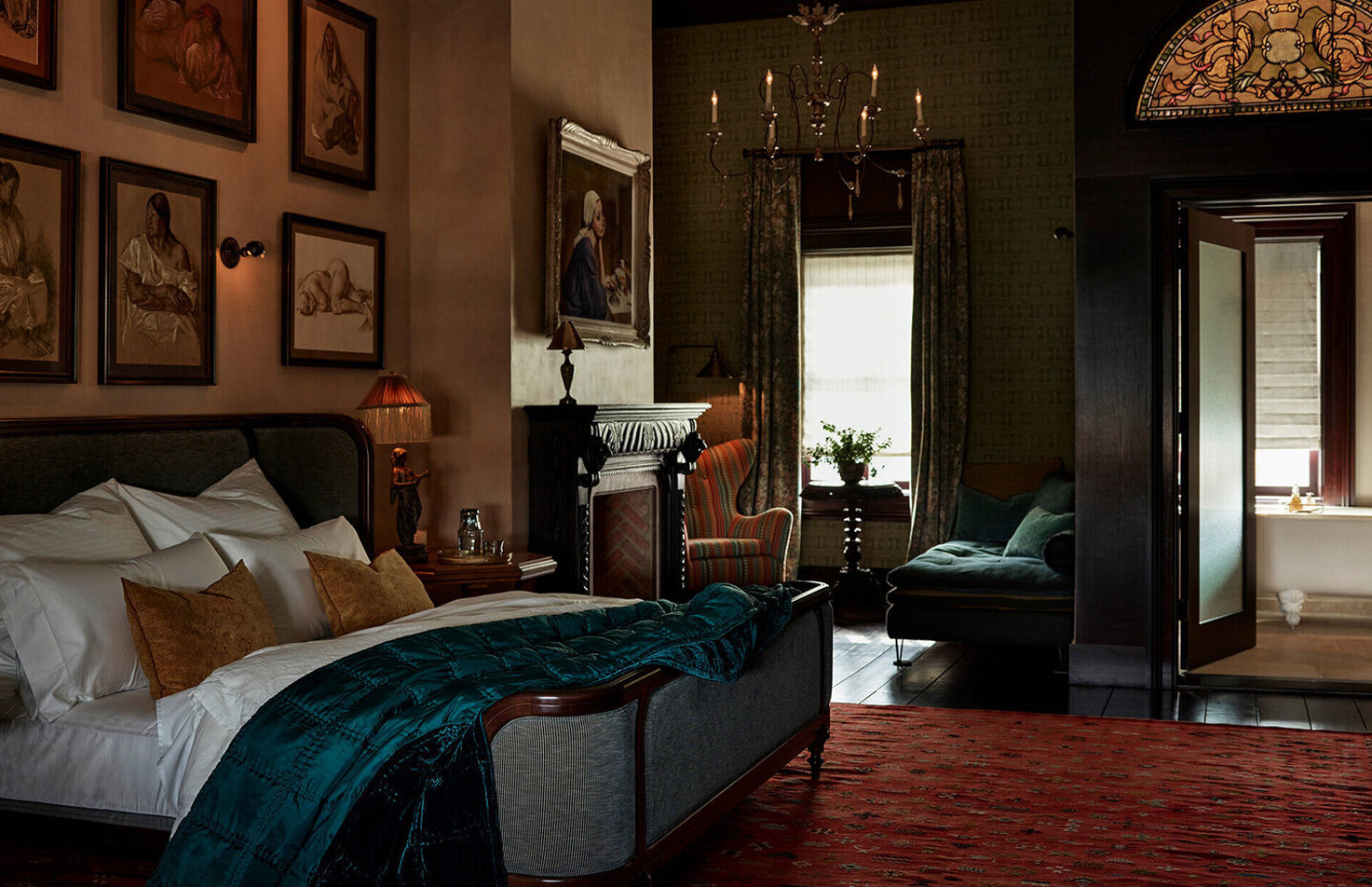
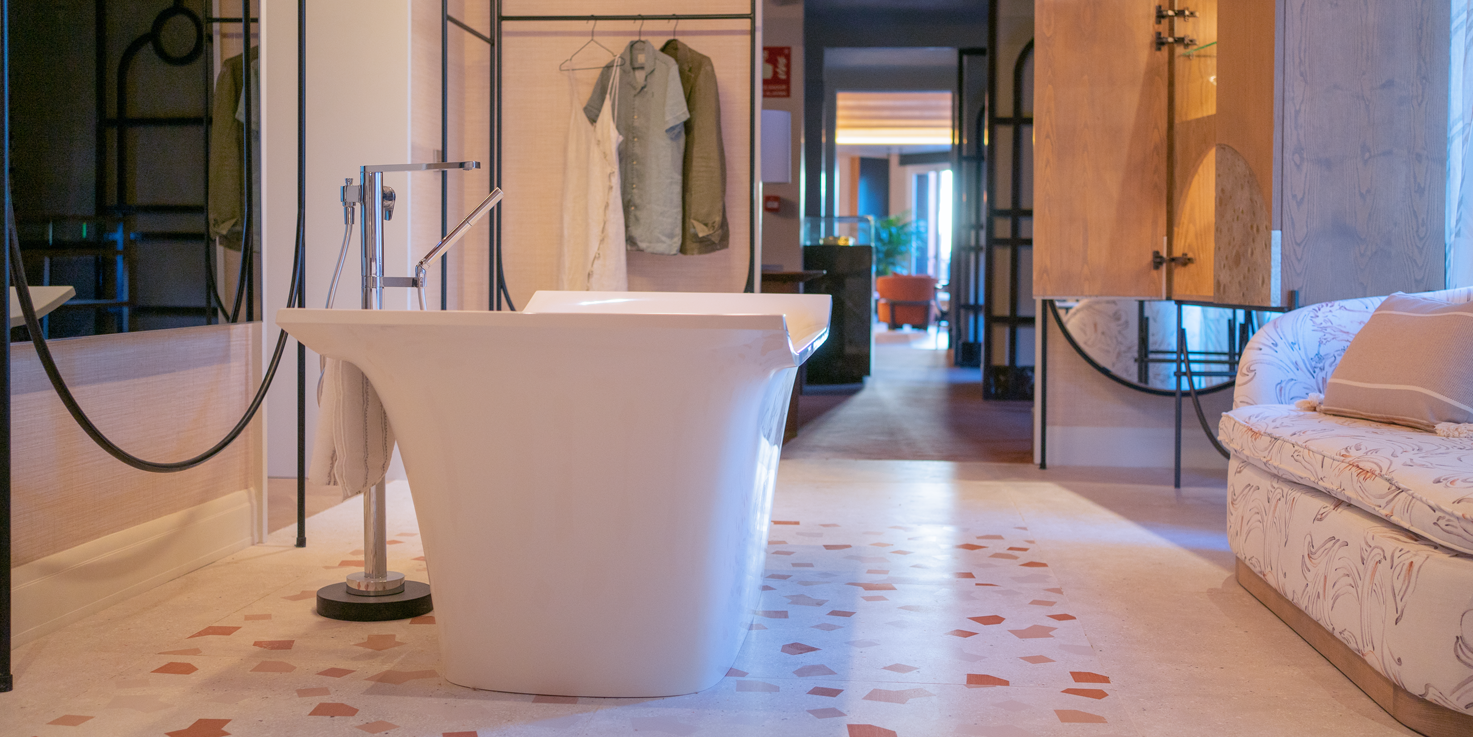
There has been a growing demand for boutique hotels rather than hotel chains, with more personalised offerings and unique interiors for each flagship. This approach reduces the importance of meeting certain demands of hotel stars, ensuring greater efforts are directed towards other resources, from services to interior design. The hotel’s lifestyle proposal doesn’t have to align with hotel options for use, but it can position itself alongside different service providers in the area: from gastronomy to culture, and encompassing furniture manufacturing, amenities and souvenirs. The establishment’s interior design project is worked from the perspective of the concept hotel, which has personality traits and a range of options that makes it singular. Interior design must be capable of aligning with that vision so characteristic of the hotel as well as understanding potential clients.
The aim is to establish an emotional connection through scents by establishing collaborations with companies dedicated to developing perfumes for spaces. In some respects, scent can create a unique experience for the interior design, if both are coherent.
This enables the hotel to become a product editor.
It becomes a unique opportunity for collaboration with local manufacturers and craftspeople to design unique interiors that are connected with the region. It’s also a way of offering clients the chance to purchase exclusive products from the area.
Capable of generating a personality for the space with a brand and becoming a lifestyle proposal.
